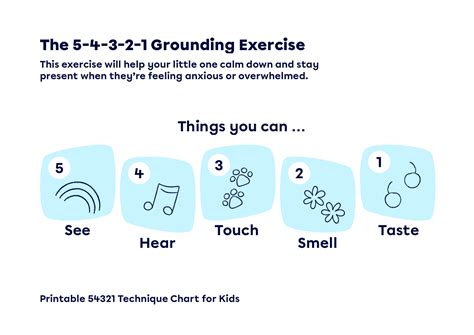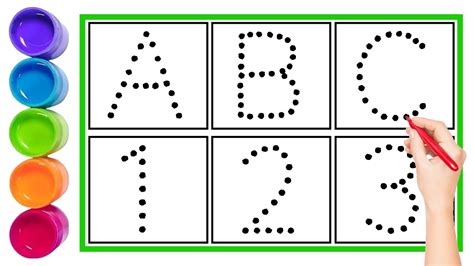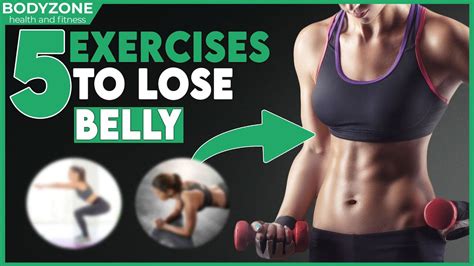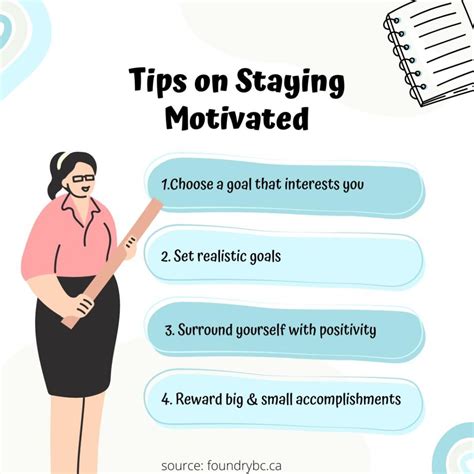Intro
Boost fitness with 5 effective home exercises, incorporating bodyweight workouts, strength training, and cardio routines for a full-body transformation, improving flexibility and overall wellness.
Regular physical activity is essential for maintaining a healthy lifestyle, and exercising at home can be a convenient and effective way to stay active. With the increasing demands of work and family life, it can be challenging to find time to visit the gym, which is why home exercises have become a popular alternative. Home exercises can help improve cardiovascular health, increase strength and flexibility, and even reduce stress and anxiety. In this article, we will explore the benefits of home exercises and provide a comprehensive guide on how to get started.
Engaging in regular physical activity can have a significant impact on both physical and mental health. Exercise has been shown to reduce the risk of chronic diseases, such as heart disease, diabetes, and some types of cancer. Additionally, regular physical activity can improve mood, reduce symptoms of anxiety and depression, and even enhance cognitive function. With the numerous benefits of exercise, it's no wonder that many people are turning to home exercises as a way to stay active and healthy.
Home exercises offer a range of benefits, including convenience, cost-effectiveness, and flexibility. Unlike gym memberships, home exercises don't require a significant financial investment, and they can be done at any time of day. This makes it easier to fit exercise into a busy schedule, and it also allows individuals to work out in the comfort and privacy of their own homes. Whether you're a beginner or an experienced athlete, home exercises can be tailored to meet your specific needs and goals.
Benefits of Home Exercises

Some of the key benefits of home exercises include:
- Improved cardiovascular health: Regular physical activity can help reduce the risk of heart disease, stroke, and high blood pressure.
- Increased strength and flexibility: Home exercises can help improve muscle strength, flexibility, and balance, reducing the risk of injury and improving overall physical function.
- Enhanced mental well-being: Exercise has been shown to reduce symptoms of anxiety and depression, improve mood, and even enhance cognitive function.
- Convenience and flexibility: Home exercises can be done at any time of day, making it easier to fit physical activity into a busy schedule.
Getting Started with Home Exercises

Some tips for getting started with home exercises include:
- Start slowly: Begin with short, manageable workouts and gradually increase duration and intensity as you become more comfortable.
- Choose exercises you enjoy: Select exercises that you find enjoyable and that target your specific fitness goals.
- Invest in equipment: Invest in a few basic pieces of equipment, such as dumbbells or resistance bands, to add variety to your workouts.
- Schedule it in: Treat exercise as a non-negotiable part of your daily routine, scheduling it in your calendar and sticking to it.
Top 5 Home Exercises

Tips for Staying Motivated

Common Mistakes to Avoid

Conclusion and Next Steps

We encourage you to share your thoughts and experiences with home exercises in the comments below. What are your favorite home exercises? How do you stay motivated and avoid common mistakes? Share your tips and advice with others, and let's work together to achieve our fitness goals.
What are the benefits of home exercises?
+Home exercises offer a range of benefits, including improved cardiovascular health, increased strength and flexibility, and enhanced mental well-being.
How do I get started with home exercises?
+Getting started with home exercises is easy. Begin by setting clear goals and objectives, choosing a range of exercises that target different muscle groups, and investing in a few basic pieces of equipment.
What are some common mistakes to avoid when doing home exercises?
+Common mistakes to avoid when doing home exercises include poor form, insufficient warm-up, and overexertion. Make sure to focus on proper form and technique, warm up before exercise, and listen to your body.
